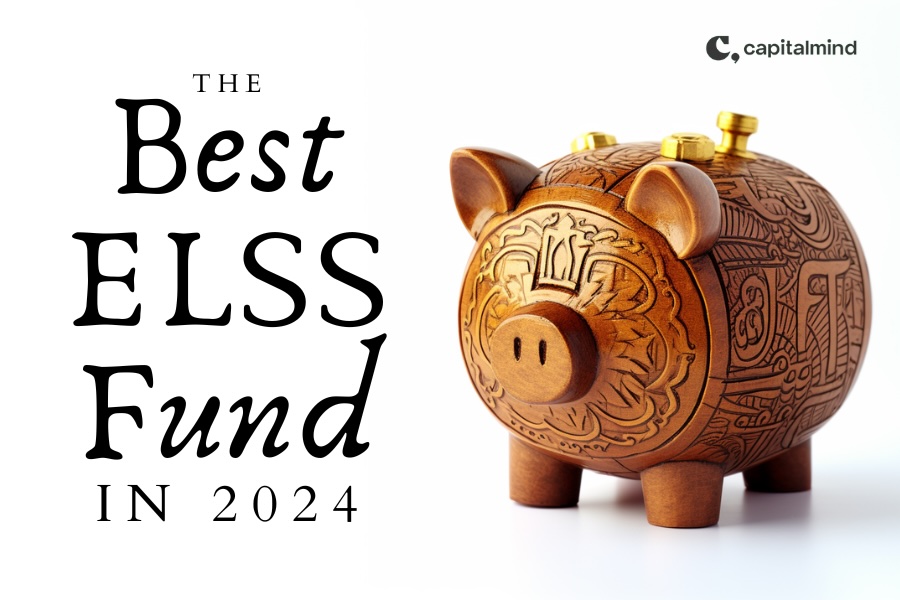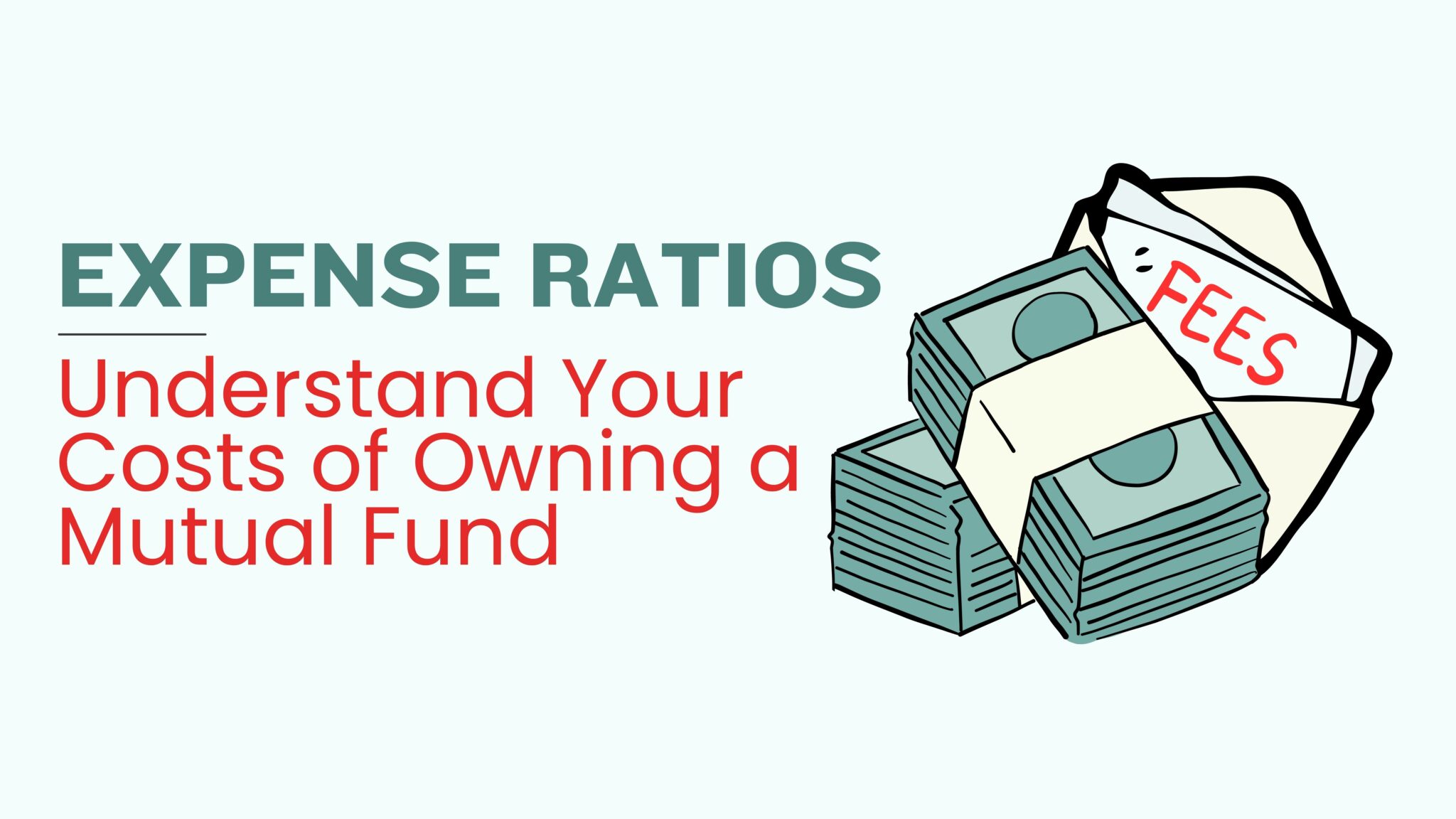ICICI Prudential Mutual Fund has launched an NFO (New Fund Offering) for a passive equity fund of fund based on their existing NIFTY Low Vol 30 ETF. The NFO will open from 23rd March to 6th April 2021. We took a look to see if it makes sense for investors.
Short Answer: We like this index and fund, a lot. The NIFTY 100 Low Volatility 30 index, on which this passive ETF and Fund of Fund are based, has handily outperformed the NIFTY 100 over the last 16 years by almost 400 bps per year. It has done this with lower overall volatility and better drawdowns. This outperformance has been consistent: Over three-year holding periods, the NIFTY Low Vol 30 index outperforms 89% of the time. Over five-year holding periods, it outperforms 99% of the time. This is easily better than almost every available actively managed fund. For the investor new to the idea of rule-based portfolio selection strategies, the ICICI Prudential NIFTY 100 Low Vol 30 Fund of Fund is an excellent way to get started.
Also read our deep dive into the NIFTY Factor Indices built on the core factors of Momentum, Value, Quality and Low Volatility: Which is the best NIFTY Factor Index?
Read on for our detailed review.
The ICICI Prudential NIFTY Low Vol 30 ETF passively follows a NIFTY Strategy Index called the NIFTY 100 Low Volatility 30 Index. This means, the fund manager’s role, like in the case of other passive funds, is to replicate any changes to the underlying index it is passively tracking. So to tell whether the new Fund of Fund makes sense as a part of your portfolio, we need to look closer at this NIFTY Strategy index.
About the NIFTY 100 Low Volatility 30 Index
NIFTY100 Low Volatility 30 Index aims to measure the performance of the low volatile securities in the large market capitalisation segment.
Index Methodology
Eligible Universe: Stocks part of the NIFTY 100 and part of the F&O (Futures & Options) list, should have listed at least 1 year before being eligible for inclusion
Selection Criteria: 30 stocks with the least volatility where volatility is quantified by the standard deviation of log-normal daily returns over the last year.
Rebalancing: Quarterly. Existing stocks are retained if they are in the top 60. Weightage of stocks with turnover less than the stock having the lowest turnover in NIFTY 50, capped at 3%.
Source: NIFTY 100 Low Volatility 30 Index factsheet on nseindia.com
In short, the NIFTY 100 Low Volatility 30 Index picks the 30 least volatile stocks out of the 100 stocks in the NIFTY 100.
NIFTY 100 Low Volatility 30 Index Performance
This index was launched in July 2016, that’s four and a half years ago. But the index has been reconstituted back to April 2005, that’s over a decade and a half ago which makes for a comprehensive historical performance track record. The advantage of any quantitative rule-based stock-selection methodology is it can be extended into the past to provide a reliable account of how it would have done in different market conditions (some conditions apply).
So how has the NIFTY 100 Low Volatility 30 Index done compared to the underlying index it picks stocks from, the NIFTY 100?
Chart shows the cumulative performance of the NIFTY 100 Low Volatility 30 Index (green line) from Apr 2005 to March 2021. The blue line is the NIFTY 100 Index for reference. Both lines are Total Return Index numbers.
₹ 1,000 invested in the NIFTY 100 Low Volatility index in April 2005 would now be ₹14,740 (14.7x) compared to ₹ 9,073 (9x) for the NIFTY 100 index.
That looks like massive outperformance and it probably is but we can’t be sure just yet. Absolute values plotted on long time-series are hard to read as the values in the latter half of the chart are multiples of starting values. On this chart, the 1,000 point climb from 1000 to 2000, a 100% rise is displayed the same as the 1,000 point climb from say 5,000 to 6,000, only a 20% rise. So it’s hard to tell whether the outperformance comes from one or two great years early.
Plotting the same chart with the y-axis on a log scale shows percentage changes better.
This chart shows the two indices were reasonably similar till 2008 when their performance diverged.
But the cumulative chart still suffers from starting point bias. i.e. the ending value of the chart lines depends on the start date, which might well have been unlucky for the NIFTY 100 in this comparison.
Chart below shows calendar year-wise performance of the two indices.
The Low Volatility 30 index has outperformed the NIFTY 100 in 10 of the 16 years of its existence. More importantly, that outperformance has been stark in correction years (2008 and 2011). But it also has its years of relative underperformance like in 2007 and 2019.
To avoid starting point bias, we look at rolling returns over 3 and 5 years.
The chart above bears some explanation. It represents the distribution of annualized returns when held for five years. Each colour represents a certain return range. Larger a bar, the more chances of getting that return when holding for five years.
Historically, if you held the NIFTY Low Vol 30 for 5 years, 45% of the time, you got an annual return between 15 and 20%. And if you held the NIFTY 100 for the same duration, there was only a 19% chance of getting that same return. (Chart above is interactive, hover over indivudual bars to highlight them)
e.g. here is the screenshot when we hover over the light yellow bars which stand for annual returns between 5 and 10%, we see that the NIFTY 100 delivers those 28% (almost 1/3rd) of the time, while the NIFTY Low Vol 30 only 5% of the time, it does better the rest of the time.
 Now the same chart but for three year holding periods
Now the same chart but for three year holding periods
When held for 3 years, the NIFTY Low Vol 30 index delivers over 10% / year 84% of the time while the NIFTY 100 does it for 59% of the time.
Charts below shows a simplified view of when the NIFTY 100 Low Vol 30 index beat the NIFTY 100 (the underlying) on different rolling return time horizons. The shaded areas are the times where the Low Volatility index beat the NIFTY 100 on rolling returns.
Since inception of the NIFTY Low Vol 30 index, it has outperformed the NIFTY 100, 68% of the time on trailing 1-year return.
Since inception of the NIFTY Low Vol 30 index, it has outperformed the NIFTY 100, 89% of the time on trailing 3-year return.
For 5-year trailing return, the Low Volatility 30 index beats the NIFTY 100 99% of the time. It can’t get any more convincing.
The longer the holding period, the higher the certainty that the NIFTY Low Volatility 30 index beats the underlying NIFTY 100.
No comparison of potential investments is complete till you’ve compared their worst drawdowns. Chart below compares drawdowns from previous peak.
True to its name, the Low Volatility 30 index fell less than the NIFTY 100, 78% of the time during market corrections. If you make that comparison less than “or equal to” how much the NIFTY 100 fell, that number becomes 85%. i.e. Only 15% of the time over 16 years, the Low Vol 30 index fell more than the NIFTY 100 at any point.
Chart below summarises overall performance compared on annualised return, volatility, and worst drawdown from April 2005 to March 2021.
 Clearly, the NIFTY 100 Low Volatility 30 index is a superior investment to the NIFTY 100.
Clearly, the NIFTY 100 Low Volatility 30 index is a superior investment to the NIFTY 100.
The last thing to check is how well the ICICI Prudential Low Volatility 30 ETF has tracked the performance of the index it is modeled on. Remember, the ETF has only been around since July 2017. So we compared performance for the three full years from 2018 to 2020.
 Link to ICICI Prudential ETF Page
Link to ICICI Prudential ETF Page
Chart shows the ETF has underperformed the index between 30 to 60 bps (0.3 to 0.6%). Some tracking error is inevitable given there are costs to implementing portfolio changes that do not show up in an index’s total returns. Overall, in its short history, the ETF has done a decent job of replicating Index performance.
Bottomline: A great way to hold a low-cost rules-based portfolio that beats the market
If you have typically invested in active funds based on elaborate presentations about a process-driven approach that identifies “quality companies at reasonable valuations” or “future growth leaders” based on the smarts of the fund manager, then the idea of investing in a passive fund that holds stocks based on how much their prices move around can be a bit disconcerting. But if you’ve read this far, you’ve seen that rules-based approaches can be powerful.
Think about this. Most active fund managers spend a tremendous amount of effort anticipating future developments, from interest rates to government policy, to sector-level head and tailwinds. And still struggle to beat the benchmark. Instead, just weeding out stocks showing higher volatility and rebalancing quarterly to hold the 30 least volatile large-cap stocks has delivered a nearly 400 bps annual return advantage over the NIFTY 100 with lower volatility and drawdowns.
We really like the idea of holding the ICICI Prudential NIFTY 100 Low Volatility Fund of Fund as a part of a long-term portfolio
When it comes to rule-based semi-passive investment strategies, we here at Capitalmind are believers, and therefore biased. We also run a rule-based momentum strategy that considers volatility as one of the inputs in addition to price and volume to construct a portfolio. We have found using price and volume in addition to volatility provides a higher expected return based on backtests and the real world where it has been live since 2019. To understand more, read our published whitepaper on SSRN.
Other Suggested Reading:
Part 1 and Part 2 of our series on the Best Active International Mutual Funds
The Best Tax-Saving ELSS Fund in 2021
Our product review posts are independent and have no commercial relationship of any kind. If we publish any sponsored content, we’ll state it loud and clear so you never have to wonder.
Reach out to us @capitalmind_in or on premium [at] capitalmind [dot] in and Subscribe to Capitalmind Premium for access to premium research, model portfolios (including our momentum portfolio), and a vibrant member community. For a limited time, use code SIMPLIFY to get 20% off regular price on the annual plan.











